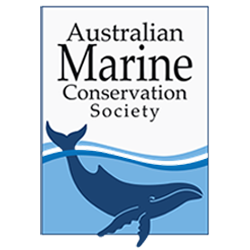Bike riders on paths
Posted by: CAT17
15th Jul 2011 10:02pm
Instnx
- 7th Aug 2013 10:19pm
Maybe the government should half the size of our property front nature strip on roads (where suitable) & convert it into a more spacious bicycle lanes with a barrier so there is plenty of distance between "car and cyclist" - this is effect will minimise danger/injury & death & will avoid cyclist utilising foot paths. This wont effect plantation as lawn is still present. Ultimately the government owns the front nature strip with restrictions to property owners whilst we Australian people are maintaining it with effort & paying rates! No Logic...haha!
Help Caféstudy members by responding to their questions, or ask your own in Café Chat, and you will get the chance of earning extra rewards. Caféstudy will match these and donate equally to our two chosen Australian charities.



